Solo travel offers a unique brand of freedom—the ability to set your own pace, change plans on a whim, and fully immerse yourself in a destination without compromise. While popular tourist hubs certainly have their appeal, many solo adventurers seek quieter places where they can reflect, recharge, and connect with both themselves and the world around them.
Here is a list of 18 destinations perfect for those traveling alone and seeking a more peaceful experience.
Faroe Islands, Denmark
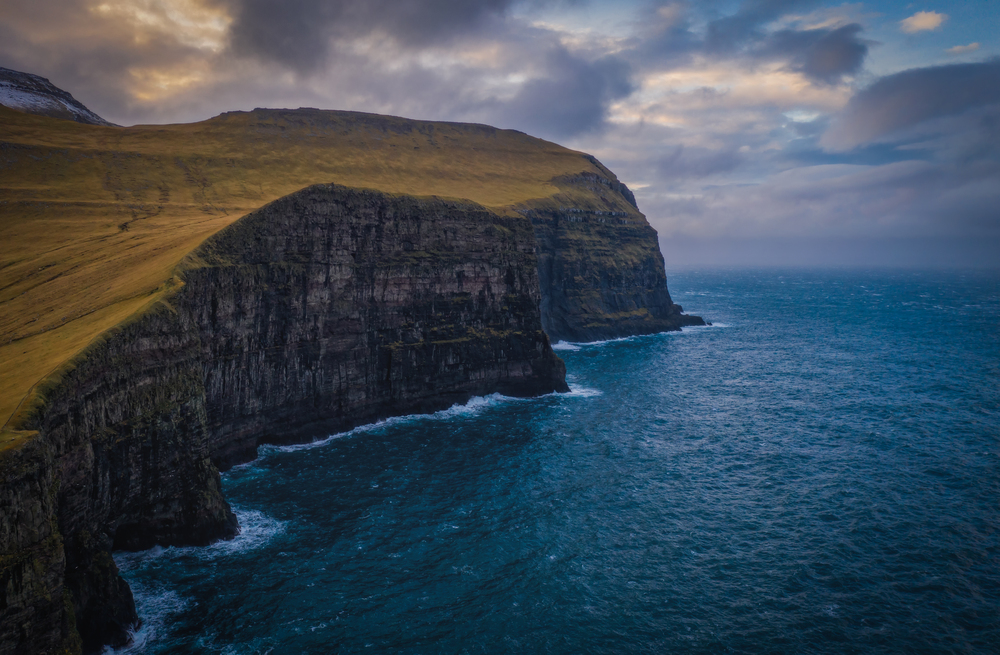
Adrift in the North Atlantic between Iceland and Norway, this autonomous archipelago remains largely undiscovered by mass tourism. The 18 volcanic islands feature dramatic cliffs that plummet into churning seas, creating landscapes that feel almost mythological in their intensity.
Traditional turf-roofed houses dot villages where sheep often outnumber people. Hiking trails crisscross the islands, many leading to viewpoints where you might not encounter another soul for hours. The islands’ extreme northerly location means summers bring endless twilight, perfect for extended evening explorations.
Comporta, Portugal
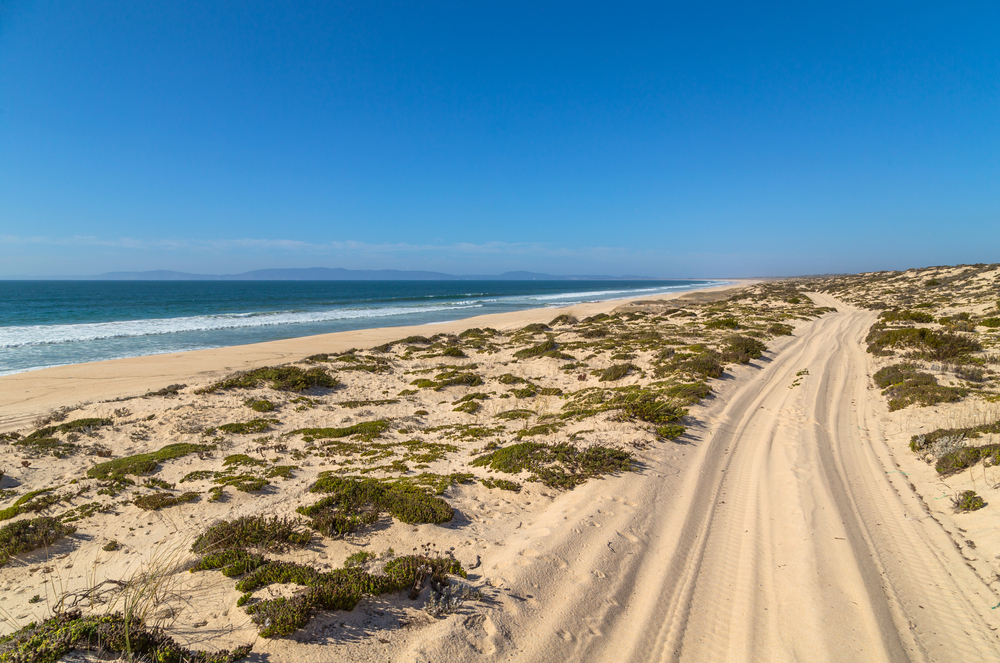
Just 90 minutes south of Lisbon lies a stretch of coastline that feels worlds away from the bustling capital. Rice fields, pine forests, and cork oak trees surround this fishing village turned low-key hideaway.
Miles of undeveloped white sand beaches provide perfect spots for contemplative walks, while the local cuisine centers around freshly caught seafood prepared with minimal fuss. The deliberately slow pace makes Comporta ideal for solo travelers seeking to reset their internal clocks. Dolphins frequently appear offshore, visible from the beach during early morning hours.
Like Travel Pug’s content? Follow us on MSN.
Gásadalur, Faroe Islands
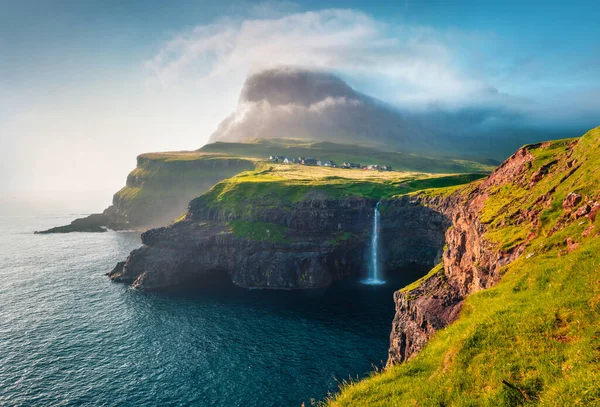
This tiny village remained one of Europe’s most isolated until 2004, when a tunnel finally connected it to the rest of Vágar Island. Before then, residents had to hike over a 400-meter mountain or take a boat journey along treacherous cliffs to reach the nearest neighboring village.
The iconic waterfall plunging directly into the ocean creates one of the archipelago’s most photographed scenes. With fewer than 20 permanent residents, visitors often find themselves alone with the breathtaking landscape. The surrounding hiking trails offer solitude and panoramic views of the wild North Atlantic.
Lake Clark National Park, Alaska
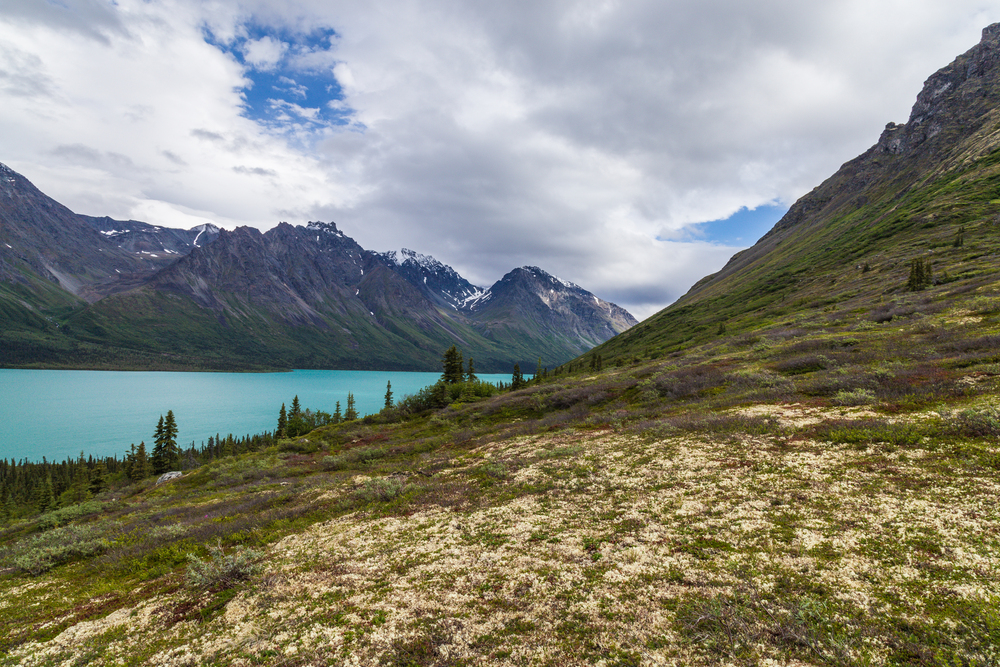
One of America’s least visited national parks requires a floatplane to access its wild interior, where glaciers, volcanoes, and turquoise lakes create a pristine wilderness. Bears fish for salmon in crystal-clear streams, while the vast landscape makes humans feel appropriately small.
The park offers rustic lodges and campgrounds for those seeking extended stays in this remote corner of Alaska. Massive Lake Clark itself stretches for 42 miles, its waters reflecting the surrounding Chigmit Mountains when calm. The park sees fewer visitors in an entire year than Yellowstone welcomes in a single day.
Tasiilaq, Greenland
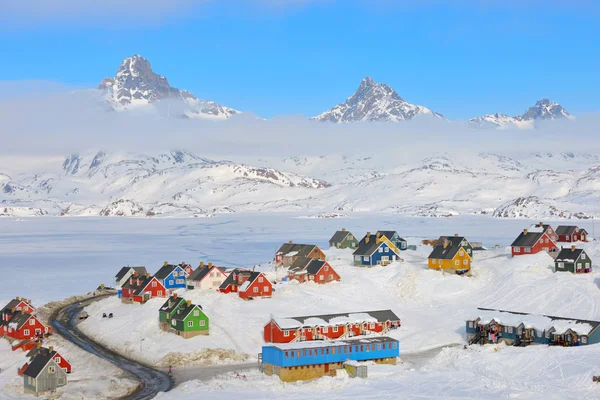
On Greenland’s remote eastern coast, this colorful settlement of about 2,000 people sits surrounded by towering peaks and drifting icebergs. Traditional hunting and fishing remain important to local culture, while the town’s isolation limits modern conveniences.
Summer brings surprisingly comfortable temperatures and nearly constant daylight, perfect for kayaking among icebergs or hiking the nearby valleys. The locals maintain warm hospitality toward solo travelers despite—or perhaps because of—their community’s remoteness. The Northern Lights make regular appearances during the winter months, their shifting colors reflected in the harbor waters.
Like Travel Pug’s content? Follow us on MSN.
Mawlynnong, India
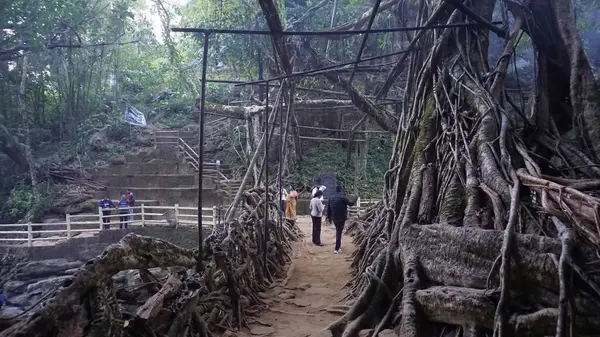
Tucked away in northeastern India near the Bangladesh border, this immaculate village has earned the title of “Asia’s Cleanest Village” through a remarkable community-wide commitment to sustainability. Living root bridges—created by training fig tree roots across rivers—showcase indigenous Khasi engineering that dates back centuries.
The village operates on principles of gender equality unusual in the region, with property passing through maternal lines. Visitors can climb the ‘Sky View’ platform—a bamboo structure rising above the canopy—for views extending into Bangladesh. The surrounding subtropical forests harbor extraordinary biodiversity, including numerous orchid species.
Saba, Dutch Caribbean
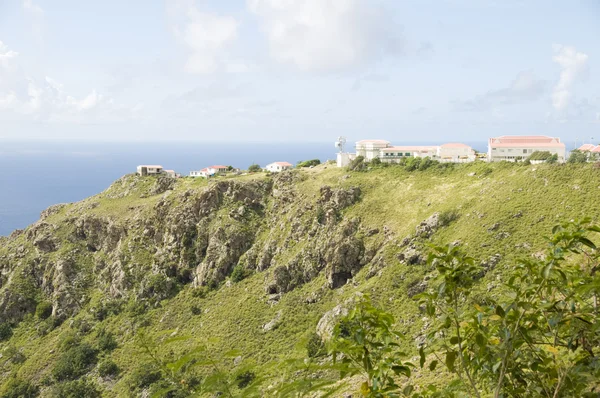
Rising dramatically from the Caribbean Sea, this five-square-mile volcanic island features just one road, aptly named “The Road.” The absence of beaches has spared Saba from mass tourism, while its rugged terrain attracts hikers and divers seeking world-class experiences without crowds.
The island’s four small villages feature immaculately maintained cottages with characteristic red roofs and white walls. Marine-protected areas surround the island, creating spectacular diving conditions with exceptional visibility and diverse sea life. The island’s small size creates natural opportunities for solo travelers to connect with locals in a way that’s impossible on larger islands.
Chefchaouen, Morocco
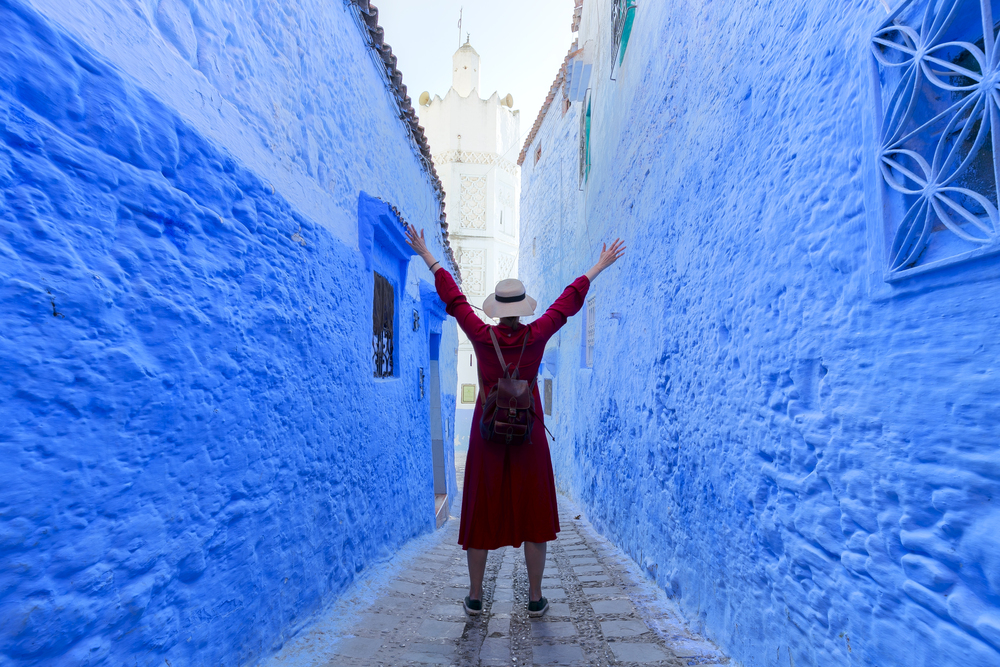
Nestled in Morocco’s Rif Mountains, this blue-washed town creates a dreamlike environment where every alleyway offers a new composition of azure walls, colorful pots, and mountain vistas. The medina remains refreshingly hassle-free compared to larger Moroccan cities, allowing solo visitors to wander at their own pace.
The surrounding mountains provide numerous hiking trails, including paths to natural pools perfect for cooling off after a morning trek. The town’s relaxed atmosphere makes it an ideal place to pause during a more extensive Moroccan journey. Local legends offer various explanations for the blue walls—from keeping mosquitoes away to symbolizing the sky and heaven.
Like Travel Pug’s content? Follow us on MSN.
Lofoten Islands, Norway

These dramatic islands inside the Arctic Circle feature jagged mountains rising directly from the sea, their reflections creating perfect mirrors in sheltered bays. Traditional red fishing cabins (rorbuer) perched on stilts above the water now often serve as distinctive accommodations for travelers.
The summer midnight sun provides endless hours for hiking, while winter brings the Northern Lights dancing above the snow-covered landscape. Despite their remote location, the islands offer surprisingly sophisticated culinary options centered around local seafood. The Gulf Stream keeps temperatures milder than expected for this latitude, making year-round visits possible.
Gili Air, Indonesia
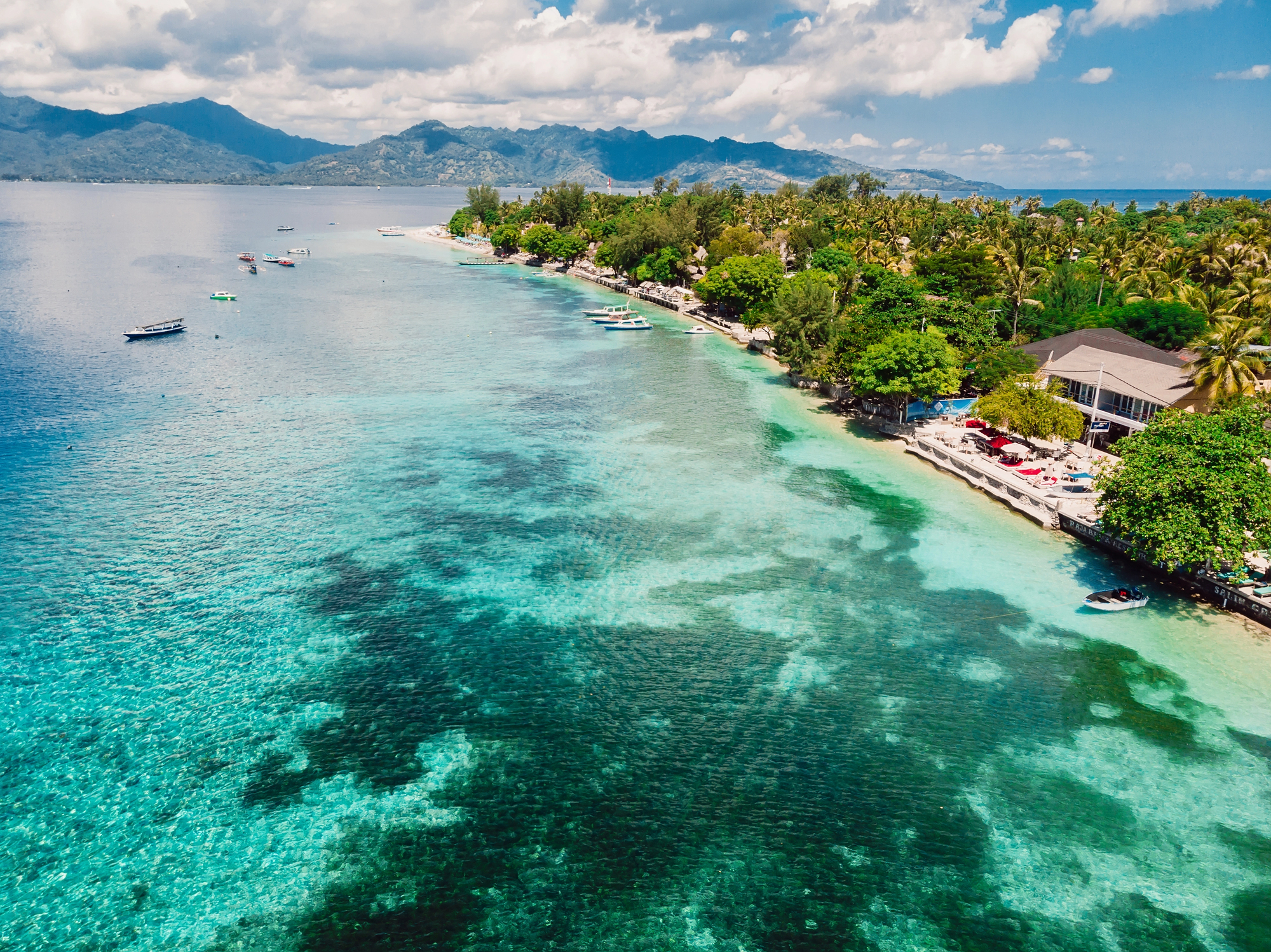
The quietest of the three Gili Islands offers a perfect balance between infrastructure and tranquility. No motorized vehicles exist on the island—transportation happens by bicycle or horse-drawn cart along sandy paths.
The clear waters surrounding the small island host abundant marine life, including frequent sea turtle sightings close to shore. Sunrise yoga sessions on the eastern beaches have become a daily ritual for many visitors. The island’s size makes it walkable in about 90 minutes, creating natural opportunities to develop a sense of place during even short stays.
Hoi An Ancient Town, Vietnam

While certainly on the tourist map, this beautifully preserved trading port offers quiet corners where solo travelers can escape the crowds. Early morning walks through the lantern-lined streets provide magical experiences before tour groups arrive.
The surrounding countryside, accessible by bicycle, reveals rice paddies, water buffalo, and rural Vietnamese life continuing much as it has for generations. The town’s famous tailors can create custom clothing within 24 hours, offering solo travelers a personalized souvenir. Monthly full moon lantern festivals transform the already atmospheric town into a magical landscape of floating lights.
Like Travel Pug’s content? Follow us on MSN.
Inis Meáin, Ireland

The middle and least visited of Ireland’s three Aran Islands, this windswept limestone landscape preserves the Irish language and traditions in their purest form. Ancient stone walls divide small fields, creating a distinctive patchwork visible from above.
The island’s 200 or so residents maintain a traditional lifestyle centered around fishing and small-scale farming. Dramatic cliff walks lead to prehistoric stone forts perched above the crashing Atlantic. The local sweater industry produces distinctive patterns that once identified the home island of fishermen lost at sea.
Picos de Europa, Spain
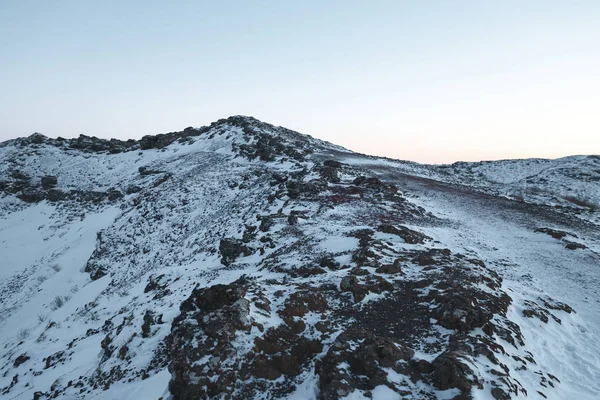
Despite containing some of Europe’s most dramatic mountain scenery, this national park in northern Spain remains relatively undiscovered by international travelers. Limestone peaks soar above verdant valleys where traditional cheesemaking continues in mountain cabins.
Wildlife, including chamois and rare Cantabrian brown bears, roam the more remote areas. Ancient pilgrimage routes crisscross the region, connecting small stone villages where time seems to move at a different pace. The local specialty fabada asturiana—a hearty bean stew—perfectly refuels hikers after days on the mountain paths.
Civita di Bagnoregio, Italy
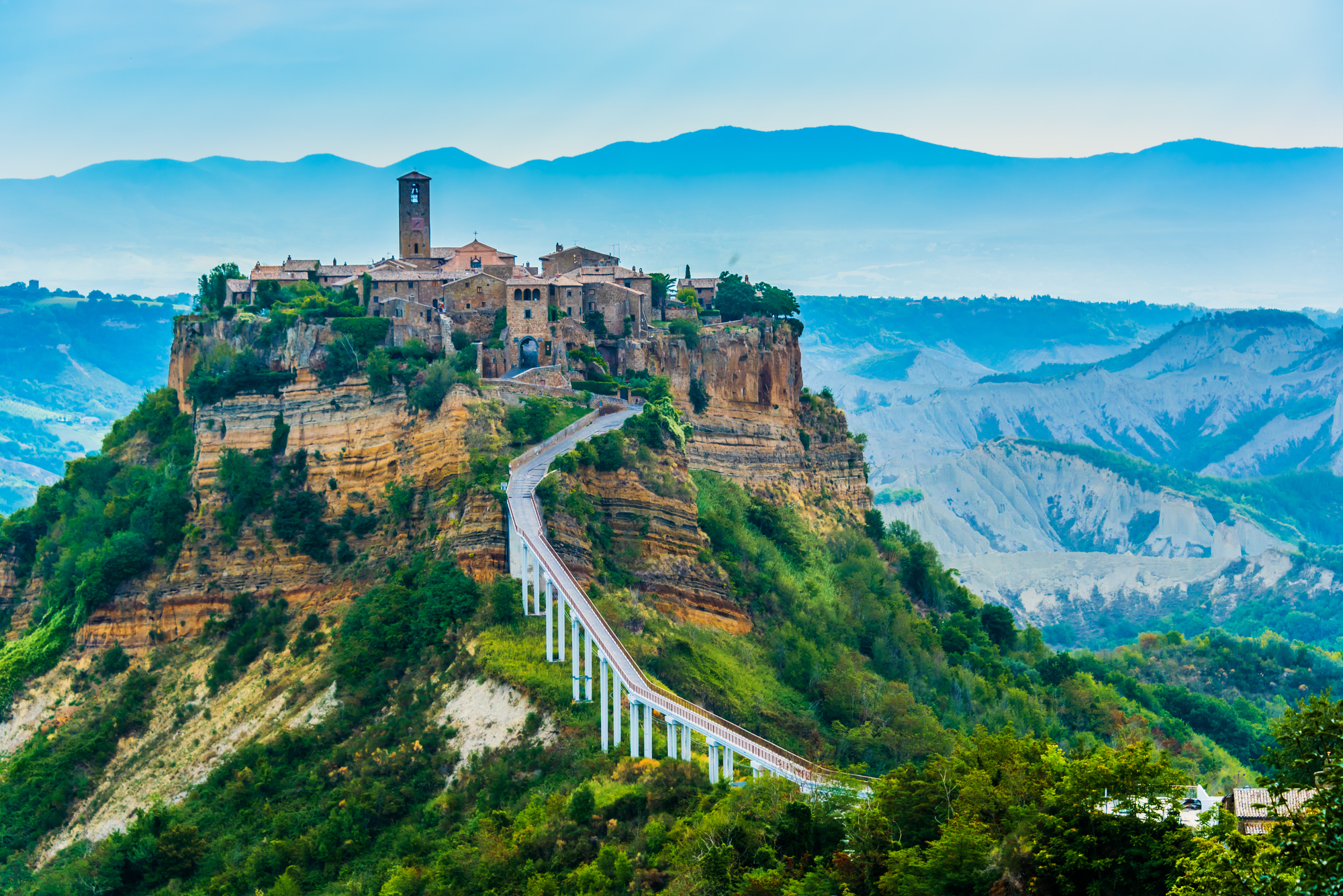
Connected to the modern world only by a long pedestrian bridge, this ancient village perched atop an eroding volcanic plateau feels suspended between Earth and sky. Only a handful of permanent residents remain in what’s known as “the dying city” due to the ongoing erosion of its foundations.
The absence of cars and modern development creates an atmosphere of stepping back in time. The surrounding Valle dei Calanchi features distinctive eroded clay formations that create an almost lunar landscape. Evening brings exceptional tranquility after day-trippers depart, leaving the village to overnight guests and resident cats.
Like Travel Pug’s content? Follow us on MSN.
Gökçeada, Turkey
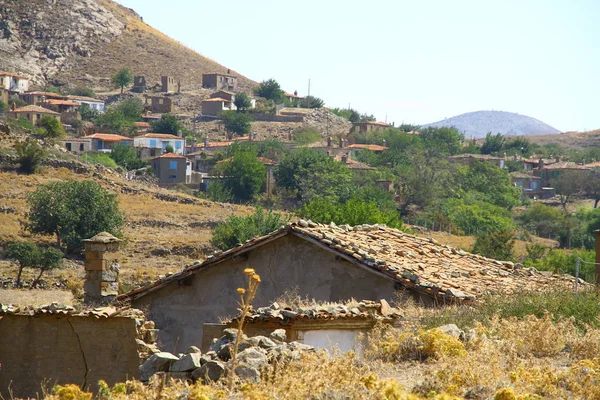
Turkey’s largest island sits in the northern Aegean, its Greek heritage evident in abandoned villages being slowly restored as the island embraces sustainable tourism. Olive groves and vineyards cover the interior, while secluded beaches line the coast—many accessible only by rough tracks or hiking trails.
The island’s designation as a Cittaslow (slow city) reflects its commitment to traditional farming, local cuisine, and mindful development. Salt Lake, near the island’s center, attracts flamingos during migration seasons. The waters around the island offer excellent conditions for windsurfing, particularly during the summer Meltemi winds.
Masoala Peninsula, Madagascar
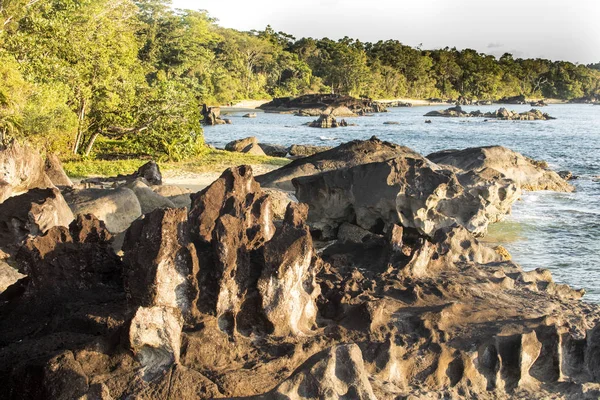
This remote peninsula contains Madagascar’s largest remaining tract of rainforest, reaching all the way to pristine beaches along the Indian Ocean. Red-ruffed lemurs, found nowhere else on Earth, move through the canopy while chameleons hide in plain sight among the dense vegetation.
The few available accommodations blend seamlessly with the environment, often accessible only by boat. Hiking trails range from leisurely beach walks to challenging forest treks requiring local guides. Humpback whales pass close to shore during their annual migration between July and September.
Ladakh, India
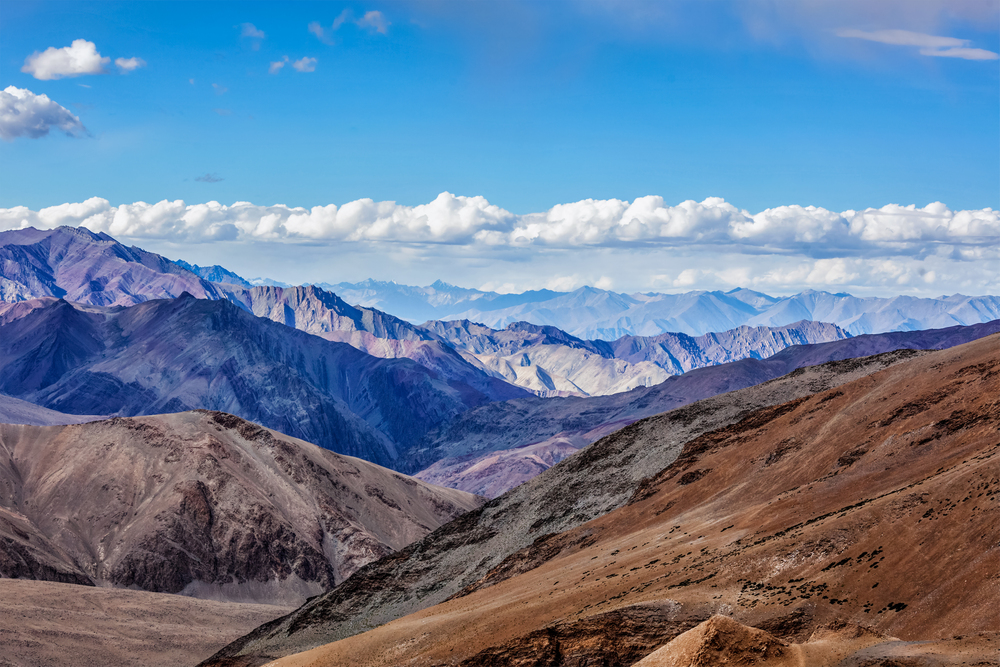
Often called “Little Tibet,” this high-altitude desert region in the far north of India features Buddhist monasteries perched dramatically atop hills and mountains. The stark landscape, where green valleys contrast with barren mountains and deep blue skies, creates an otherworldly feeling.
The traditional culture remains strong despite increasing tourism, with ancient festivals continuing much as they have for centuries. Star-gazing opportunities prove exceptional due to the high altitude and minimal light pollution. The challenging environment creates natural bonds between solo travelers sharing transportation or trekking routes.
Like Travel Pug’s content? Follow us on MSN.
Orkney Islands, Scotland
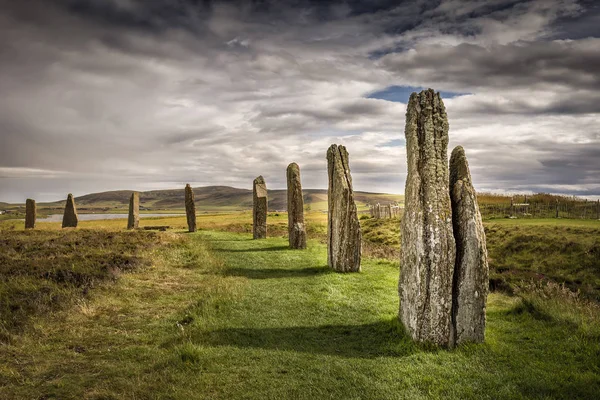
This archipelago off Scotland’s northern coast holds one of Europe’s greatest concentrations of prehistoric sites, including the 5,000-year-old village of Skara Brae and the ancient stone circles of Stenness and Brodgar. The islands’ distinctive light has long attracted artists and photographers, while the powerful meeting of the Atlantic Ocean and North Sea creates dramatic coastal scenery.
Locals maintain a strong storytelling tradition, sharing tales of selkies (seal people) and finfolk during winter evenings. The islands experience almost constant wind, sculpting both the landscape and the resilient character of the islanders.
The Gift of Solo Journeys

What these quiet destinations offer solo travelers extends beyond mere solitude—they provide contexts for genuine connection, both with oneself and with places uncorrupted by mass tourism. Without the buffer of companions, travelers experience destinations more intensely, noticing details that might otherwise go unobserved.
The challenges of navigating unfamiliar territory alone build confidence that transfers to all aspects of life. These quieter corners of the world reward those willing to venture beyond the well-trodden path with memories that remain vivid long after returning home.
More from Travel Pug

- Cities Growing so Fast You Won’t Recognize Them in 10 Years
- 13 Destinations Where Tourists Regularly Regret Their Trip
- 16 U.S. Cities That Are Quietly Becoming Travel Hotspots
- Where to Travel If You Love Long Bus Rides and Daydreams
- 20 Cities Perfect for Solo Travelers Who Crave Adventure & Culture
Like Travel Pug’s content? Follow us on MSN.
